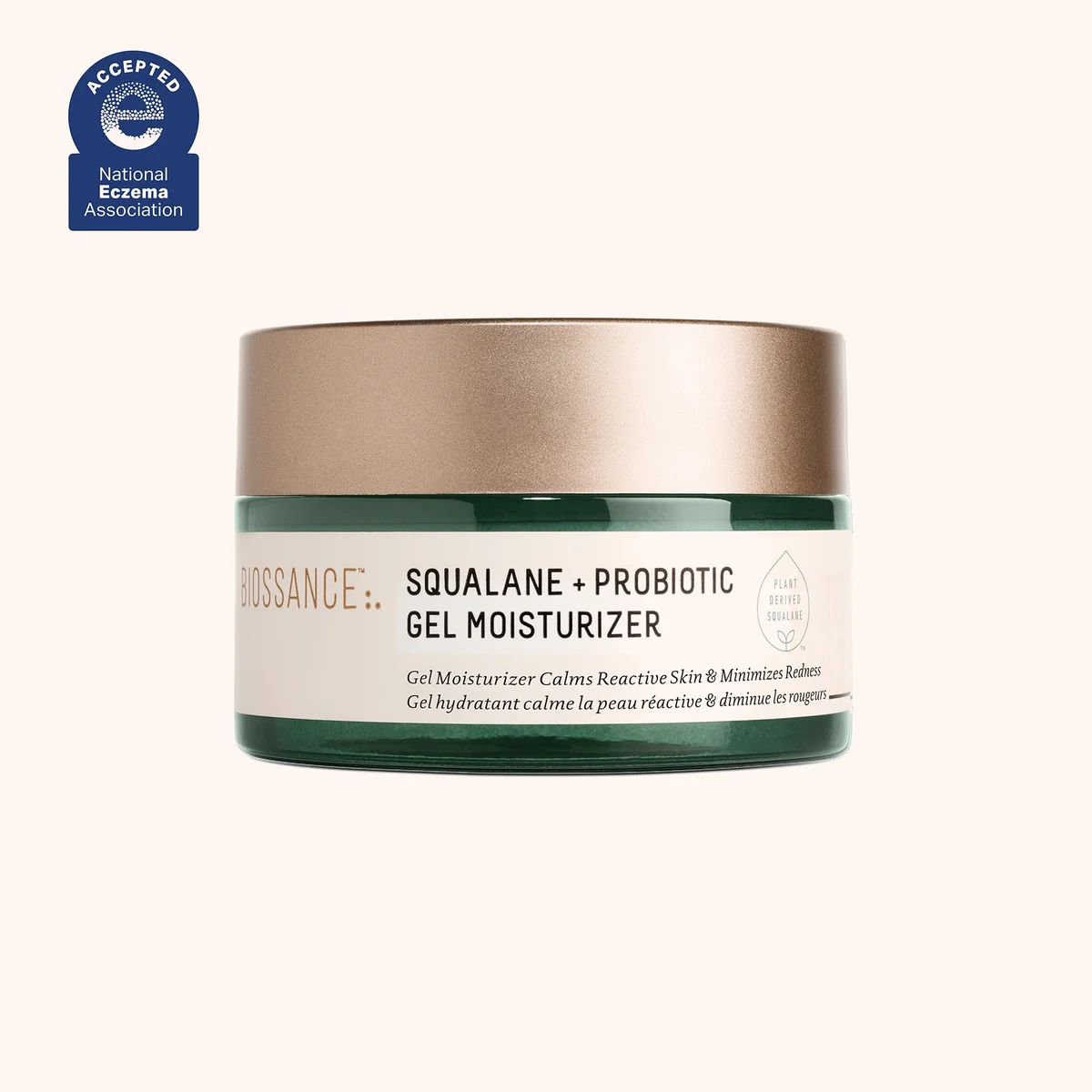Shop At Haya: Your Ultimate Shopping Guide
Discover the best shopping tips, trends, and deals for a smarter buying experience.
Moisturizer Mayhem: Finding Your Perfect Match
Unlock your skin's potential! Discover the ultimate guide to finding your perfect moisturizer match in our Moisturizer Mayhem blog!
The Science of Hydration: Understanding Ingredients in Moisturizers
Understanding the science of hydration is crucial for selecting the right moisturizer for your skin type. Moisturizers typically contain a variety of ingredients that fall into three main categories: occlusives, humectants, and emollients. Occlusives, like petrolatum and dimethicone, create a barrier on the skin's surface to prevent water loss. Humectants, such as glycerin and hyaluronic acid, attract moisture from the environment and help retain it in the skin. Lastly, emollients, which include ingredients like shea butter and fatty acids, soften and smooth the skin. Understanding how these ingredients interact can help you choose a moisturizer that effectively hydrates and protects your skin.
Moreover, not all skin types require the same hydration strategies. For those with oily or acne-prone skin, a lightweight, oil-free moisturizer might be ideal, while individuals with dry or sensitive skin may benefit from richer formulations. When reading product labels, look for key ingredients that align with your hydration goals. Always perform a patch test to ensure compatibility, as some active ingredients can irritate sensitive skin. By being knowledgeable about the different components in moisturizers and how they contribute to hydration, you can make informed choices that enhance your skincare routine.

5 Common Moisturizer Mistakes and How to Avoid Them
Using a moisturizer is a crucial step in maintaining healthy skin, yet many people make common mistakes that can hinder their skincare efforts. One of the most prevalent mistakes is applying moisturizer to dry skin. For best results, it's essential to apply moisturizer immediately after cleansing while your skin is still damp. This helps to lock in moisture, ensuring your skin remains hydrated throughout the day. Another frequent error is using too much product; a pea-sized amount is often sufficient. Applying excess moisturizer can lead to clogged pores and breakouts, ultimately defeating the purpose of keeping your skin healthy.
Additionally, many consumers overlook the importance of choosing the right type of moisturizer for their skin type. For instance, those with oily skin should steer clear of heavy creams and opt for lightweight gel formulas instead. Another mistake is neglecting the use of sunscreen in daytime moisturizers; UV protection is vital for preventing skin damage. Lastly, make sure to read the expiration dates on your products, as expired moisturizers can become ineffective and even harmful. By avoiding these common moisturizer mistakes, you can ensure that your skincare routine is both effective and beneficial for your skin's health.
How to Choose the Right Moisturizer for Your Skin Type?
Choosing the right moisturizer for your skin type is essential for maintaining healthy, hydrated skin. First, identify your skin type, which can be classified as normal, dry, oily, or combination. Each skin type has distinct needs that influence the type of moisturizer that will work best. For example, if you have dry skin, look for moisturizers that contain hydrating ingredients like hyaluronic acid, glycerin, or natural oils. On the other hand, if you have oily skin, opt for lightweight, oil-free formulas that help control shine without clogging pores.
Once you've determined your skin type, consider the following factors when selecting a moisturizer:
- Consistency: Creams, lotions, or gels may suit different skin types.
- Ingredients: Look for beneficial components like antioxidants, SPF, or fragrance-free options, especially if you have sensitive skin.
- Patch Testing: Always perform a patch test to avoid adverse reactions.
By understanding your skin's unique characteristics and requirements, you can effectively choose the right moisturizer that keeps your skin nourished, balanced, and glowing.